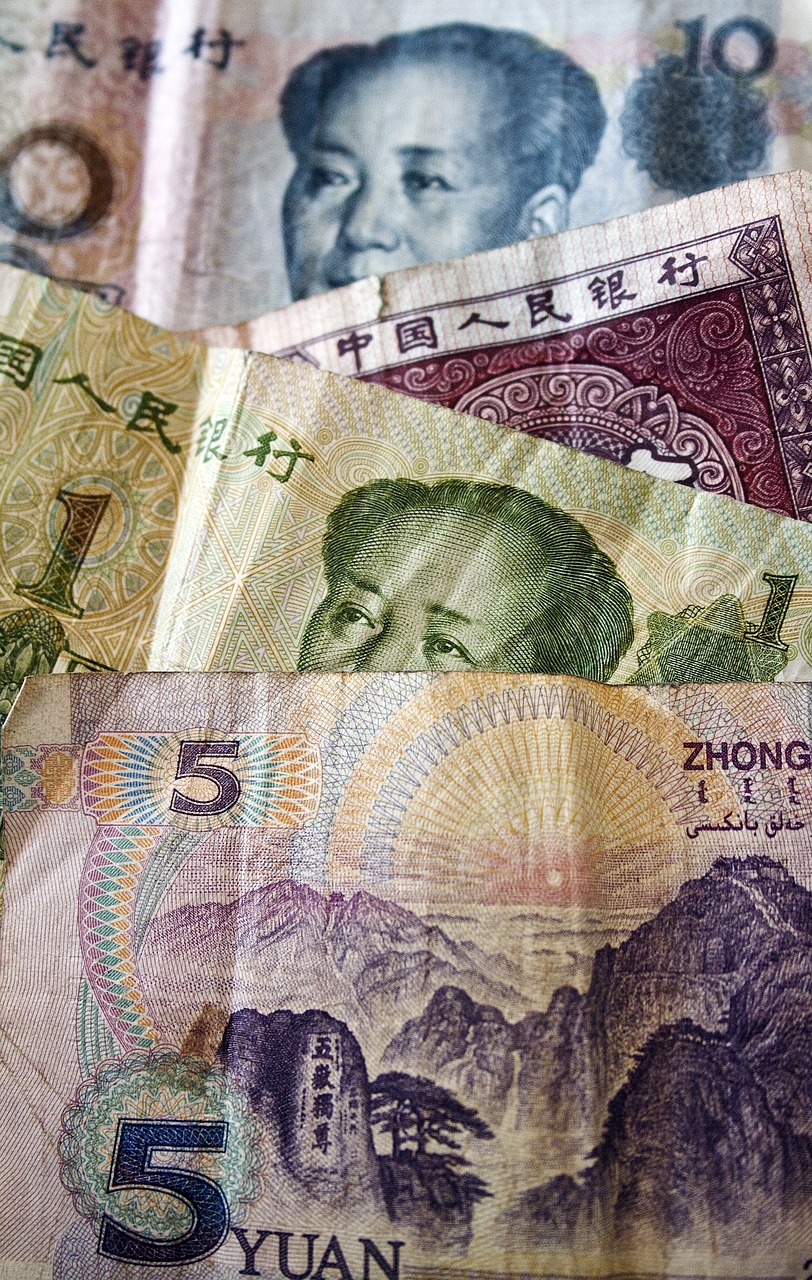The sun sets behind the mountains and the Yellow River flows into the sea;
To thoroughly enjoy a thousand mile sight, climb up another level – “Climbing Stork Tower” – Wang Zhihuan
August 1st’s Wall Street Journal’s celebration of July’s stock market rise headlined “S&P 500 Extends Winning Streak to Fifth Month of Gains” was subdued with another story that day cautioning “Earnings Season Threatens Lofty Stocks. The Benefit of Owning Stocks Over Bonds Keeps Shrinking”. Indeed, though concerns about imminent recession and persistent and elevated inflation have continued to fade, there is also the reality of longer-term interest rates rising, a 14% increase in oil prices and the US Treasury’s announcement on July 31st of its plans to borrow in excess of $1 trillion dollars in the 3rd quarter. Issues that offer questions with uncertain answers.
The writer of this commentary proposes to discuss the influence of China in the life of the US economy and financial markets in less than one page, seeking to accomplish an objective that others have sought to achieve through a much more profligate use of words. The reason is that it is becoming increasingly apparent that the imbalances of the relationship between the two countries have now reached such extreme levels that the time of their reversal has grown near. That poses the prospect of dramatic change as well as challenges for the global economic and financial markets over the next ten years. So, it may well be wise for us to expend the effort to understand these changes and challenges; an effort we will attempt to accomplish through our exploration of four specific topics.
First is that while China’s and the US’s economies have a profound influence upon one another, they are in no way similar. The foundation of our economic system rests upon the employment of capital where it is possible for it to earn the highest rate of return. China’s economic system, in contrast, can best be described as a communal form which seeks the highest level of output through the full utilization of employment and other resources. This explains what is often referred to as “the hollowing out” of our economy as much of our economic capacity has migrated to China and its much lower costs of production. This is reflected by investment representing 43% of China’s economy versus 21% of our own, with personal consumption composing 68% of the US economy versus 38% of China’s.
Why this matters (point #2) is because China’s trade surplus with this country, $383 billion in 2022, is financed through its employment of debt which, since the global financial crisis of 2008, has grown at a rate much faster than its economy. While its total debt in relation to the size of its economy is half that of the US, our economy, when measured on a per-capita basis, is six times greater. This means that China’s ability to service that debt is one-third of that of our own. The global economic system must ultimately balance and so China’s trade surplus is the mirror image of US federal budget deficit, which now exceed the size of the US economy for the first time since World War Two. As the economist Herb Stein posited in 1986, “if something cannot go on forever, it will stop.”
Point #3. In 2000 China represented 7 ¼% of the global economy. It is now 18 ½% with that country the source of one-third of global economic growth the past forty years. It is the producer of 60% of the world’s cement, 50% of its steel and is the consumer of more than 50% of its aluminum, coal and iron ore. As a significant share of the world’s manufacturing capacity migrated to China, the cost of manufactured goods declined, leading to lower levels of inflation, falling interest rates and rising levels of global debt. Much of China’s trade surplus with the United States, and its resulting accumulation of US dollars, was recycled back to the United States through its purchase of US treasury securities, freeing up capital in this country for employment in the financial markets, explaining at least in part, the long running bull market in US equities.
Our final point is that the current geopolitical tensions between the United States and China should perhaps be understood as an effect rather than a cause. The two countries are destined to “decouple” from one another, not entirely but to a significant extent, because, quite literally, we can no longer afford one another. Each will go its own way and that, in the economic and financial sense, changes everything.
The July stock market was a dispenser of equal opportunities as the share of the market participating in the recent uptrend broadened significantly with the 5.5% rise in small cap and 4.1% in mid cap exceeding the 3.2% of the S&P 500. The value share of the S&P 500 returned 3.4% versus 3% for the growth, and energy stocks’ 7.3% return notably outpacing technology’s 2.6%. 60/40 portfolios returned 3% for the month with the slightly negative returns on the fixed income 40% pulling down the 3 ½% contribution of the equity 60%, leaving portfolio returns at 10% year to date.
Mark H. Tekamp/August 6, 2023


